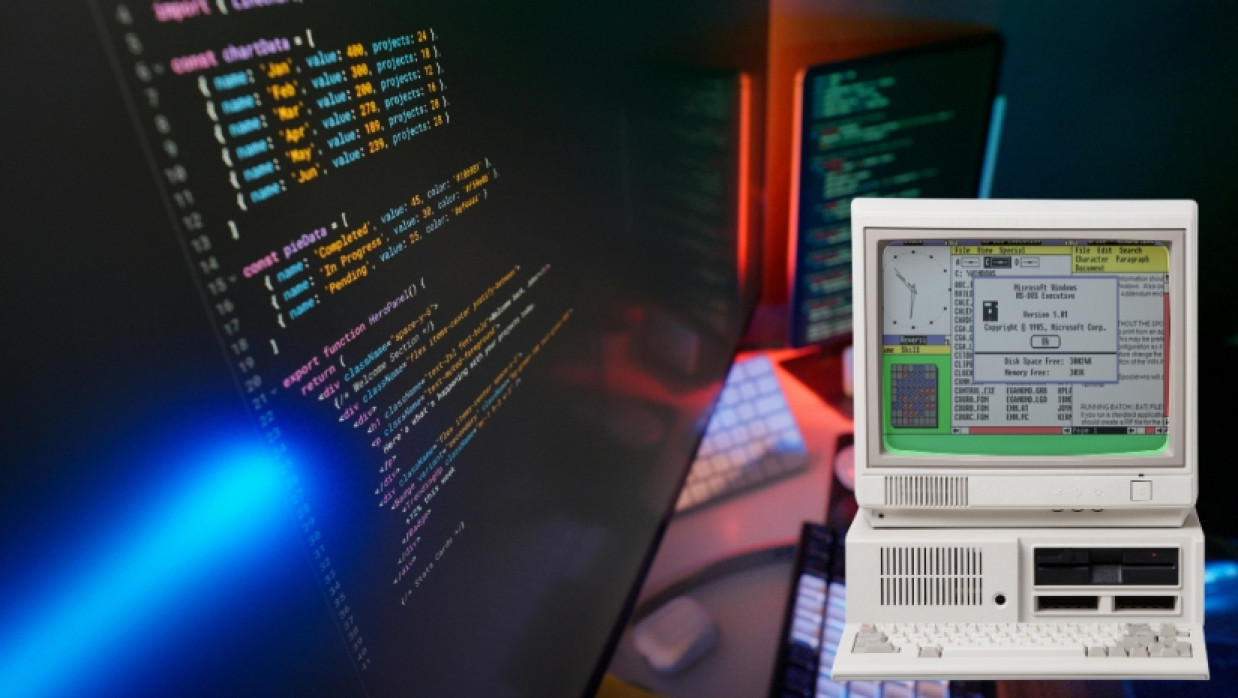
40 Years of Windows: The Operating System That Changed How the World Works
- ২০ নভেম্বর ২০২৫, ০৮:১৮

When Microsoft released Windows 1.0 on 20 November 1985, it was hardly the powerhouse we know today. It was a simple, graphics-based interface running on top of MS-DOS — a curious new way of interacting with computers using something then still novel: a mouse.
Few could have predicted that this modest, boxy set of overlapping windows, drop-down menus and basic applications like Paint, Notepad and Calculator would grow into one of the most influential pieces of software in history.
Over the last four decades, Windows has been the silent engine behind global transformation. It powered the PC boom of the 1990s, became the digital backbone of offices worldwide, and shaped how millions learned to type, browse the web, and build their first school projects. From Windows 95’s iconic Start button to XP’s stability, Windows 7’s refinement, and Windows 10’s universality, each generation marked a chapter in the story of personal computing.
Yet Windows is more than an operating system — it’s a cultural artifact. The startup sounds, the pixel art icons, and even the infamous “blue screen” have embedded themselves in the shared memory of an entire tech generation.
Today, as Windows embraces cloud integration, AI-powered assistance and cross-device ecosystems, its legacy remains rooted in a simple idea introduced in 1985: bringing the power of computing to everyone, not just specialists.
Forty years later, the world has changed beyond recognition — but for billions, the journey began the same way:
with a small window opening on a glowing screen.